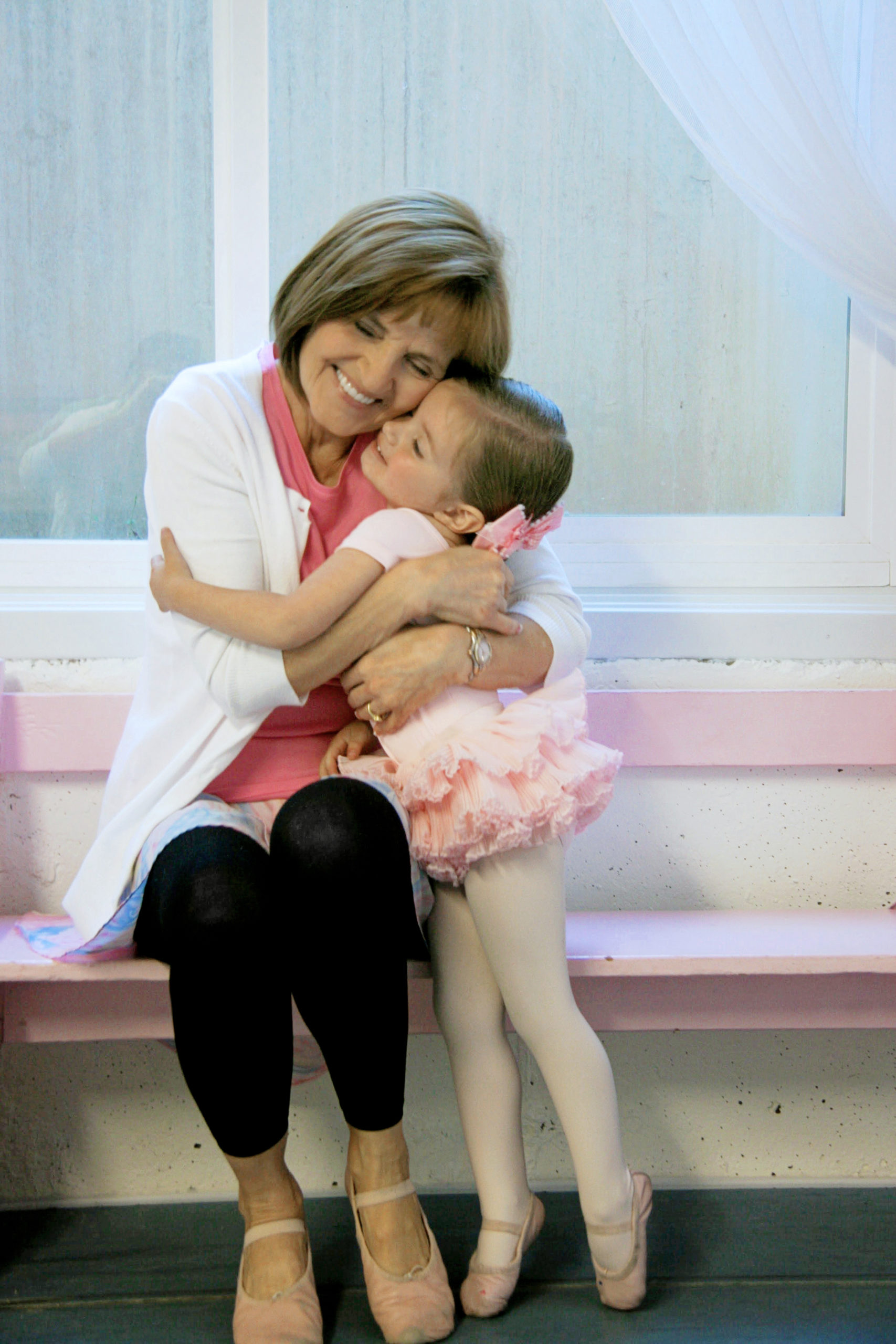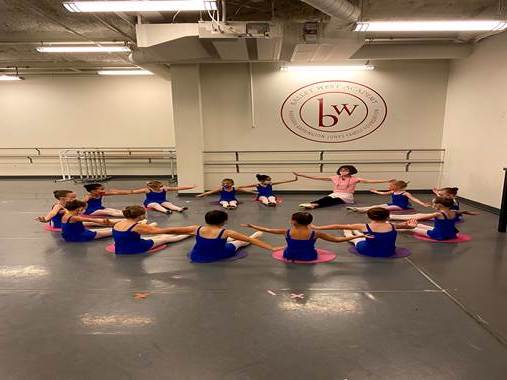
Connie Smith has, arguably, the most important job at Ballet West: She’s the 3- to 5-year-olds’ ballet teacher. Teaching at the Frederick Quinney Lawson Ballet West Academy—a feeder school that provides a portion of the company’s talent—means Smith has the challenging task of establishing a strong foundation for her students right from the time they are 3. “Every day I teach I think, ‘What is the pathway to being in a ballet company?’” Smith says. “The answer is, you teach the children to love ballet, and the rest will follow.”
Smith grew up in Salt Lake City, Utah, where she learned from industry legends like Willam Christensen (Ballet West and San Francisco Ballet creator) and Rowland Butler. Her mother, who was tragically killed in a car accident when Smith was 14, always supported her passion for dance, and encouraged her to make teaching part of her career goals. Smith studied dance at Brigham Young University before diving into a teaching career that would eventually lead her to start her own school, Little Lady Ballet, in her hometown. Twenty years later, Smith stepped back from the demands of ownership and passed the baton to her daughter while ontinuing teaching for the school. Then, in 2016, Ballet West came calling, and offered Smith a role teaching 3- to 12-year-olds, the youngest students throughout the Academy’s entire lower school. “I’m so passionate about ballet and the things it can do for children,” she says. “So of course I couldn’t refuse the opportunity.”

Now, Smith teaches students of all ages at the Academy, but the 3- to 5-year-olds hold a special place in her heart. “After three decades of teaching, little children are my favorite,” she says.
Here, she shares how she approaches a class of 3- to 5-year-olds based on their development, when she introduces new elements of movement, and what her favorite teaching tools are for keeping those littles engaged.
Her teaching philosophy
“My basic approach for 35 years has been this: Create magic in the dance studio. I feel like that is the best way to teach. You just have to love it and let your students know you love it. This will help them feel so much joy that they’ll want to come back to your class, again and again.”
How she approaches a class of 3- to 5-year-olds
“I always meet my students in the foyer where they are standing with their parents, and my class starts right then. I call the students to me and exude excitement about being with them once again. I then have them line up and demonstrate a first position and maybe even a plié bend. Then we do some port de bras where we begin to imagine things like one arm is the branch of a tree while the other arm is a bird that flies away. Then I have the children do one step they learned the week before to reinforce learning and show the parents what we are working on. (They look at their darling child and are so happy to get the chance to watch!)
Next, I pull some music up on my phone (I like to have music playing constantly throughout class) and we walk, or march or leap into the studio. Once we walk in, I line the children up and space them out with their backs to the mirror, so they are watching me and not themselves. Then I introduce them to the story or theme of the day. For example, let’s say we are focusing on pas de chat—I make the class about cats. The dancers will all raise their hands and tell me about cats, and I will listen closely and read the room in the meantime. Some will come in happy and some won’t, and I will make adjustments based on what they need. If someone is sad, I might have them hold a special thing or stand in a special spot.
The rest of the class is spent teaching technique through imagery, storytelling and imagination. It really brings a love of dance to my students.”
Ideal time to introduce new movement
“If you are working for a company like Ballet West, I recommend carefully studying the curriculum offered. That said, observe your students and push them forward when they are ready. If one day they are learning how to plié and then the next week they have the general concept down, don’t be afraid to introduce something new. A child won’t execute a proper plié until they have done it multiple times.”
How she fosters a love for dance in the classroom
“I bring the ballet to the studio,” Smith says. “I show them pictures and videos, introduce the music, and even tell them stories about the ballet. Next, I pull a tutu out of my bag and show them what a ballerina wears. Then I bring out my old pointe shoes and put them on so that I can show them how they work and how I have to be a strong dancer to use them. I make everything about the ballet magical, so they get really excited about it.”

How she preps for class
“I arrive early to the studio and go through all of the patterning for the day. I take a look at the music I’ll be using and practice at the barre while watching myself in the mirror, to make sure I’m demonstrating the correct technique. Then I do a last review of my plans for the day.”
Favorite teaching attire
“I always wear ballet shoes, ballet tights, a ballet leotard and ballet skirt. I am what these students are patterning themselves after. I’ve used many brands over the years, but right now Ballet West has been using Só Dança ballet shoes as their required shoe—which I like because they don’t have ties, so I am not spending half the time tying up shoes.”
Class props she can’t live without
“Colorful circle mats for dancers to stand on! I bought a bunch of colorful yoga mats and cut them into circles because they can be easily sanitized between classes—which is great for COVID. There are a lot of fun-colored yoga mats that the kids love. I also like to use crowns, tutus, wands, scarves, ribbons on a stick and stuffed animals (to leap over).”
Her recommended children’s ballet books
Lili at Ballet, by Rachel Isadora; I Dreamed I Was a Ballerina, by Anna Pavlova; Chasing Degas, by Eva Montanari; and Degas and the Little Dancer, by Laurence Anholt.
Inspirational YouTube content
“I really like Maria Khoreva’s videos. She’s wonderful, and I like to adapt her exercises to my classes.”
Items she never leaves home without
“I carry a pair of ballet shoes in every purse. You never know when you might need them. Last year, I was picking up a grandchild from the Academy and they needed a last-minute sub. And guess what I had? My phone with my music and my ballet shoes.”




